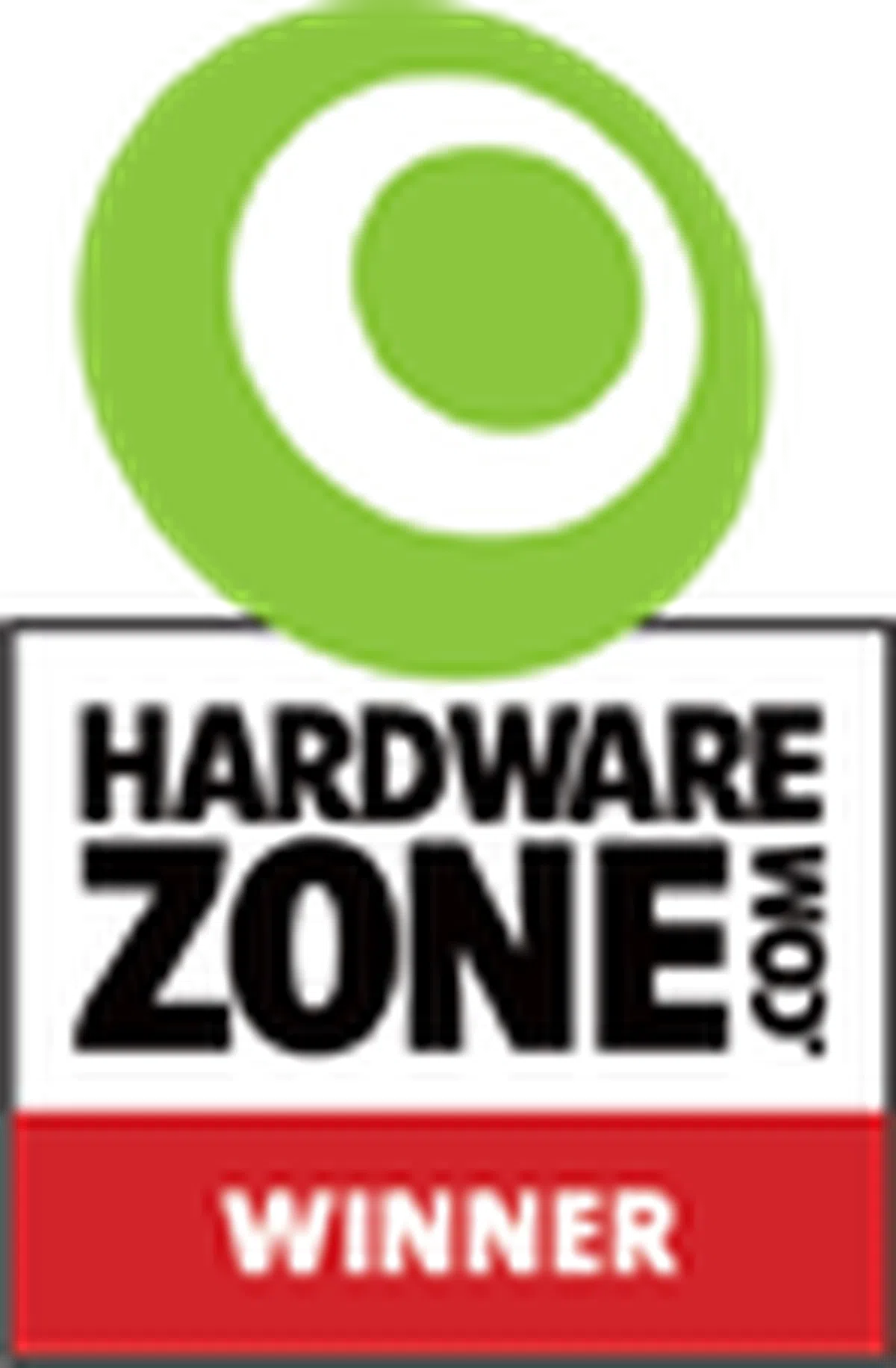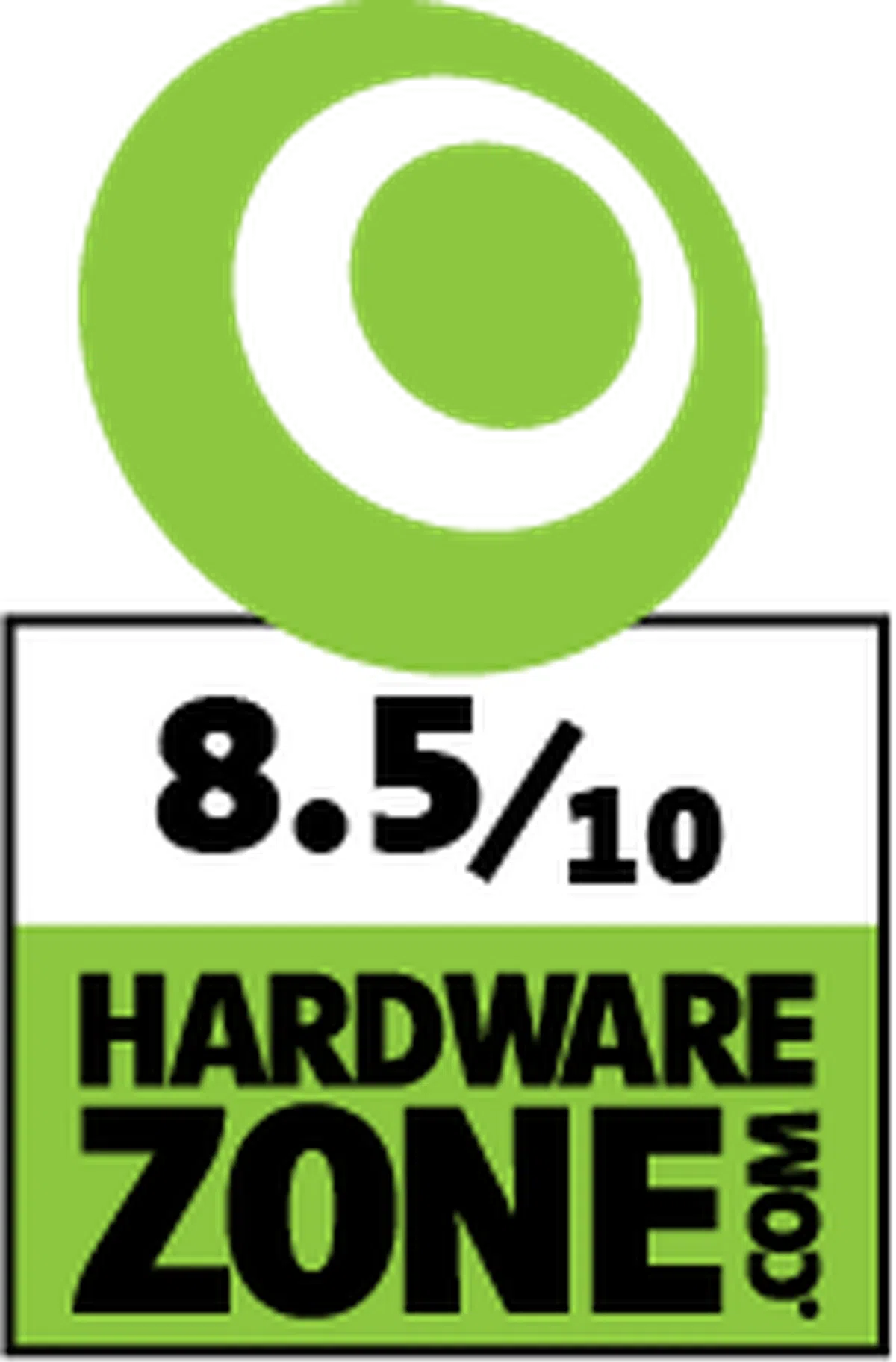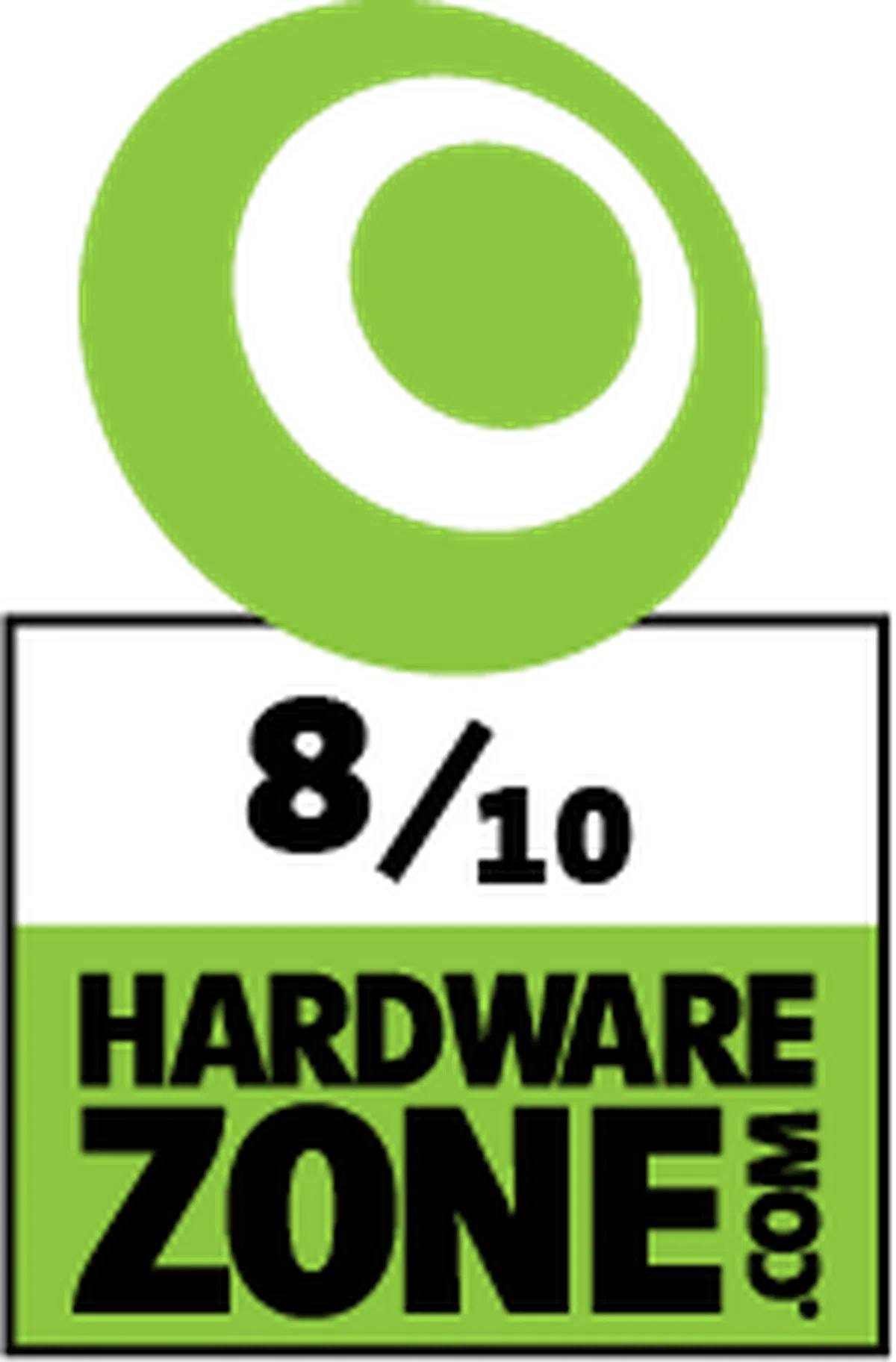Shootout: The best FPS gaming mouse for competitive Overwatch
What's the best mouse for competitive Overwatch and other FPS games? We take a closer look at the mice used by top Overwatch pros like Miro, ShadowBurn and Taimou to determine which is the best mouse for most gamers.
Note: This article was first published on 26th November 2016, but it's re-published as it's still relevant.

Inspired by the play of pros like ShadowBurn, Taimou, and Miro at Blizzard's recently completed Overwatch World Cup? In this shootout we take a closer look at some of the mice used by top pros to find out which is the best mouse for competitive FPS gaming.
Source for Overwatch Pro settings: On-Winning
Logitech G303 Daedalus Apex

Used by: aKm, harbleu, TorkTJO, NicholasTJO
The Logitech G303 has an unconventional design with an angular tapered rear that can take a while to get used to. The narrow rear, short length and low-profile design makes the G303 only suitable for claw and fingertip grips as there just isn’t enough mouse for a comfortable palm grip. On the plus side, its light weight (87g), four PTFE Teflon feet and small size make it extremely fast and nimble. Strangely enough, while the mouse has a symmetrical ambidextrous shape, it only has side buttons on the left-side, which really only makes it suitable for right-handed gamers. The mouse is made of mostly smooth plastic with some shiny plastic trim. It resists fingerprints quite well, but does feel a little cheap. Under the left and right click are fairly light Omron switches. On the left side of the G303 there are two buttons, and behind the scroll wheel there’s a DPI button. The scroll wheel is fully rubberized, with a smooth surface without any texture or ribs to assist in scrolling. It’s a little stiff and the distance between each scroll click is quite large.
The G303 doesn’t require software to operate, but you’ll need to install Logitech’s gaming software if you want to adjust your DPI settings or change the RGB lighting. The mouse has a thick braided cable, which looks and feels nice, but kinks easily.
The G303’s Pixart PMW3366 optical sensor tracks well, and has no acceleration, prediction or angle snapping. It has no native DPI and operates exactly the same between 200 DPI to 2000 DPI, as long as you stick to 50 DPI increments. Having said that, above 2,000 DPI (the sensor can go up to 12,000 DPI) there are some slight jitters that get progressively worse the higher you go.
N.B. The Logitech G303 isn't officially available in Singapore (instead, we have the G302, which has the same shape, but uses an inferior Avago AM010 sensor). However, there are many shops at Sim Lim Square that parallel import the mouse, just be warned that these mice do not come with any official warranty.
Logitech G402 Hyperion Fury

Used by: Ryujehong, Miro
The G402 has a very similar design to Logitech's legendary MX518 gaming mouse, with a large ergonomic right-handed shape that is best suited for palm or claw grips. It has a smooth, matte black plastic build for the bulk of the mouse, with a grippy rubberized material in the thumb and pinky grooves. The mouse is slightly on the heavy side at 108g, but its still fast and maneuverable on the right mouse mat.
The G402 boasts 8 customizable buttons that can be configured with Logitech’s downloadable software: left and right click, thumb wheel click, two thumb buttons on the left-side, two DPI adjustment buttons to the left of the left click, and a 'sniper' button on the thumb rest. By default, this button temporarily lowers the mouse's DPI, making it easier to line up a scoped headshot, but it can be turned off or customized for other functions as well. Under the left and right click are Omron switches, while the rest of the buttons are TTC switches. The G402 is powered by a 32-bit on-board ARM processor, and boasts a fast 1000MHz polling rate for blistering fast reaction speeds. It also supports Logitech’s Delta Zero technology, which is a surface tuning calibration tool, designed to let you fine tune the mouse's sensor for optimal performance on your particular mousemat or surface.
The sensor inside the G402 is an Avago AM010. It's not Avago's best sensor but it still performs well. At low sensitivity (up to around 2000 DPI) it's essentially flawless, with no acceleration, angle snapping, or prediction. Above 2000 DPI there are some jitters. The sensor also has some difficulty tracking at speeds above 2.9 m/s, which can be an issue if you use a very low sensitivity. To combat this, you can install the G402's drivers and enable Logitech's Fusion Engine software. This software uses an accelerometer/gyrometer inside the mouse to keep tracking stable when you're swiping over 3 m/s. While this may just sound like prediction, it's actually very accurate, and since it only kicks in when you're moving the mouse very fast, there's really no reason to disable it.
If you're not looking to spend too much on a mouse, the G402 only costs S$79, making it far cheaper than all of the other mice in this shootout.
Razer Deathadder Chroma

Used by: ShadowBurn, Winz, Twoeasy, vallutaja, liddano
Modelled after the shape of the legendary Microsoft IntelliMouse Explorer 3.0, the Deathadder is a fairly large mouse with an ergonomic right-handed shape and a prominent hump in the middle that makes it most suitable for palm grips. Claw grip users will also fare well, but it’s a bit too big for most fingertip grips.
The Chroma is the most recent version of the Deathadder, and adds RGB lighting and a new Avago 3989 optical sensor. The mouse has a matte plastic finish with a gritty feel. The rough finish is an acquired taste but helps prevent hand slippage, even when your palms are sweaty. The left and right click buttons are contoured and provide comfortable grooves for your fingers to rest in. The switches underneath are unspecified Omron models and are very light, requiring minimum force to activate. While this is nice in theory, it sometimes results in accidental double clicks. Two over-sized side buttons can be found on the left-side, and are a little firmer. Since 2013, the Deathadder has had micro-dot textured rubber grips along the left and right side for added stability. There’s a braided mouse cable, but it kinks quite easily. Unfortunately, there is no dedicated DPI button.
While the Deathadder will work without software, you’ll have to install Synapse 2.0 to be able to configure the mouse. Once installed you can access DPI settings as well as RGB lighting options. You can also rebind one of the side keys if you want to switch DPI on the fly.
The Avago 3989 optical sensor is excellent, and has no prediction, angle snapping or acceleration across its 100-10,000 DPI range. Having said that, its native DPI is 1800, and it performs best at this setting.
SteelSeries Rival 300

Used by: Kruise, Shadez, Mint, zaphe, Shadder2k, Wolf
First off, it’s worth noting that many pro-gamers are actually using the original SteelSeries Rival, which is no longer available. Its replacement, the Rival 300, is virtually identical, but with more durable side grips.
The Rival 300, like the Razer Deathadder, is based on Microsoft’s IntelliMouse Explorer 3.0, with a large ergonomic shape and a high profile. The Rival 300 is a bit boxier overall, and less contoured than the Deathadder, which makes it better for people with larger hands, and suitable for both palm and claw grip users. The mouse has a soft-touch rubberized finish on top, with large, textured side grips on both the left and right side. The left and right click use SteelSeries’ own switches, which are quite heavy, but feel a little mushy. Behind the notched, rubberized scroll wheel there’s a dedicated DPI button. On the left side, there’s two side buttons, with the back button being much longer than the forward button, which provides some nice tactile feedback.
The mouse works without software, and comes with 800 and 1600 DPI as the two preset settings. While these are quite usable, if you want to access other DPI settings, you’ll have to install SteelSeries’ Engine 3 software, which will also let you adjust the RGB lighting.
The Rival 300 uses a Pixart PMW 3310 sensor, which is functionally identical to the old Avago 3310 (Pixart now has the license to manufacture all Avago sensors). The sensor is essentially flawless without any acceleration, prediction or angle snapping and has a DPI range of 50 to 6,500. Like the Logitech G303, the Rival 300 doesn’t have a native DPI and works well at any DPI setting in 50 step increments.
Zowie FK1

Used by: INTERNETHULK, talespin, chipshajen, harryhook, Kryw, Hymzi, Bromas, Linkzr
The Zowie FK1 is an ambidextrous low-profile mouse that is best suited for claw or fingertip gamers. There are actually three versions of this mouse: along with the FK1, there’s the smaller FK2, and the larger FK1+. Alternatively, if you use a palm grip, Zowie’s ZA series is basically identical, but with a higher profile designed to sit more snugly in your palm. All of Zowie’s mice use the same hardware and cost the same price, so it’s just a matter of finding the shape and size that works best for you.
The FK1 has a minimalist black plastic finish with glossy black plastic found only on the side buttons. Under the left and right click are Huano switches, which are a little on the heavy side but are really crisp and satisfying to click. And unlike the lighter Omron switches, there’s no chance of accidental double clicks. The mouse is fairly light at just 90g (Zowie’s smaller mice are even lighter), which makes it fast and agile and the two feet on the bottom are large and silky smooth (as a nice bonus, there are two replacement feet included in the box).
The mouse is completely driverless and all options can be configured and saved on the mouse itself. On the bottom of the mouse is a DPI switch button that cycles through four DPI settings (400, 800, 1600, 3200). The colored light indicates your current DPI (red = 400, purple = 800, blue = 1600, green = 32000). To switch polling rates, you simply hold down one of the side buttons while plugging the mouse in.
All of Zowie’s mice use Avago 3310 sensors, which is widely regarded as one of the best sensors around. It is essentially flawless, without prediction, angle snapping or acceleration, and works well at all DPI settings.
Zowie EC1-A

Used by: Taimou, Tseini, Fragi, COOLLER, uNFixed, Morte, jkw, ToxikeN
The Zowie EC1-A is an ergonomic right-handed mouse with a fairly high profile shape. Like the Steelseries Rival and Razer Deathadder, its shape is largely inspired by the Microsoft IntelliMouse Explorer 3.0, which makes it a very comfortable shape for palm grips. A claw grip will also work, but you're honestly probably better off with the FK1.
Zowie's EC series comes in two sizes, the larger EC1-A, and the smaller EC2-A (which is what Taimou uses). Like the FK series, the mouse has a minimalist black plastic finish with glossy black plastic found only on the side buttons. One difference between the two series is that the scrollwheel lights up on the EC1-A, which makes it easier to see at a glance what DPI setting you're using. There are five buttons in total: left/right, two thumb buttons and a clickable scroll wheel. Under the left and right click are Huano switches. The EC1-A weighs 97g, making it slightly heavier than the FK1.
Like the FK1, the EC1-A uses an Avago 3310 optical sensor allowing for up to 3200 DPI. There is no software required to use mouse and DPI can be changed on the fly via a button on the base. DPI settings supported are 400, 800, 1600 and 3200.
And the best competitive FPS gaming mouse is...
Zowie FK1
The Zowie FK1 may not have the flashy RGB lighting or advanced software of some of the other mice in our shootout but it honestly doesn’t need it. It just works, and its simple design and elegant plug-and-play functionality means that you never have to worry about driver issues or malfunctioning software, whether you’re at home or at a LAN gaming session.
Zowie is also the only brand that offers the same mouse in a variety of sizes, so you can find the one that best suits you exact hand size and grip style. Finally, we loved the FK1’s crisp Huano switches, which never suffer from accidental double-clicks like the lighter Omron switches favored by Razer and Logitech. We could easily have chosen Zowie's EC1-A as the winner too, as all of Zowie's mice are very similar, you just have to find the size and shape that best fits your hand and grip.
Model | Logitech G303 | Logitech G402 | Razer DeathadderChroma | Steelseries Rival 300 | Zowie FK1 | Zowie EC1-A |
Design | 7.5 | 8.5 | 8.5 | 8.5 | 9.0 | 9.0 |
User Friendliness | 8.0 | 8.0 | 7.5 | 8.0 | 8.5 | 8.5 |
Features | 8.0 | 8.0 | 8.5 | 8.5 | 7.5 | 7.5 |
Performance | 9.0 | 8.0 | 9.0 | 9.0 | 9.0 | 9.0 |
Value | 8.0 | 9.0 | 7.5 | 8.0 | 8.0 | 8.0 |
Overall | 8.0 | 8.5 | 8.0 | 8.5 | 8.5 | 8.5 |
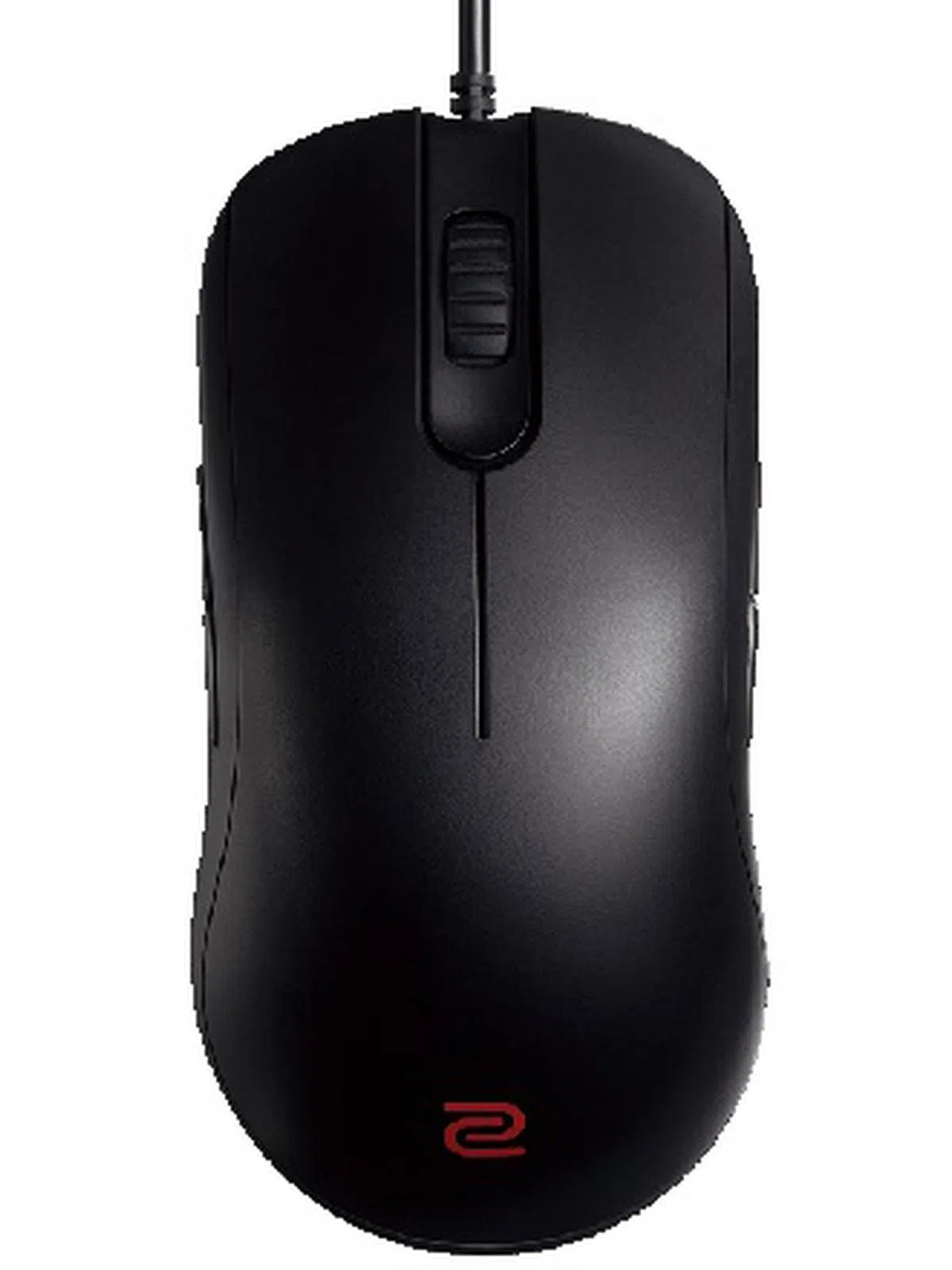 | |
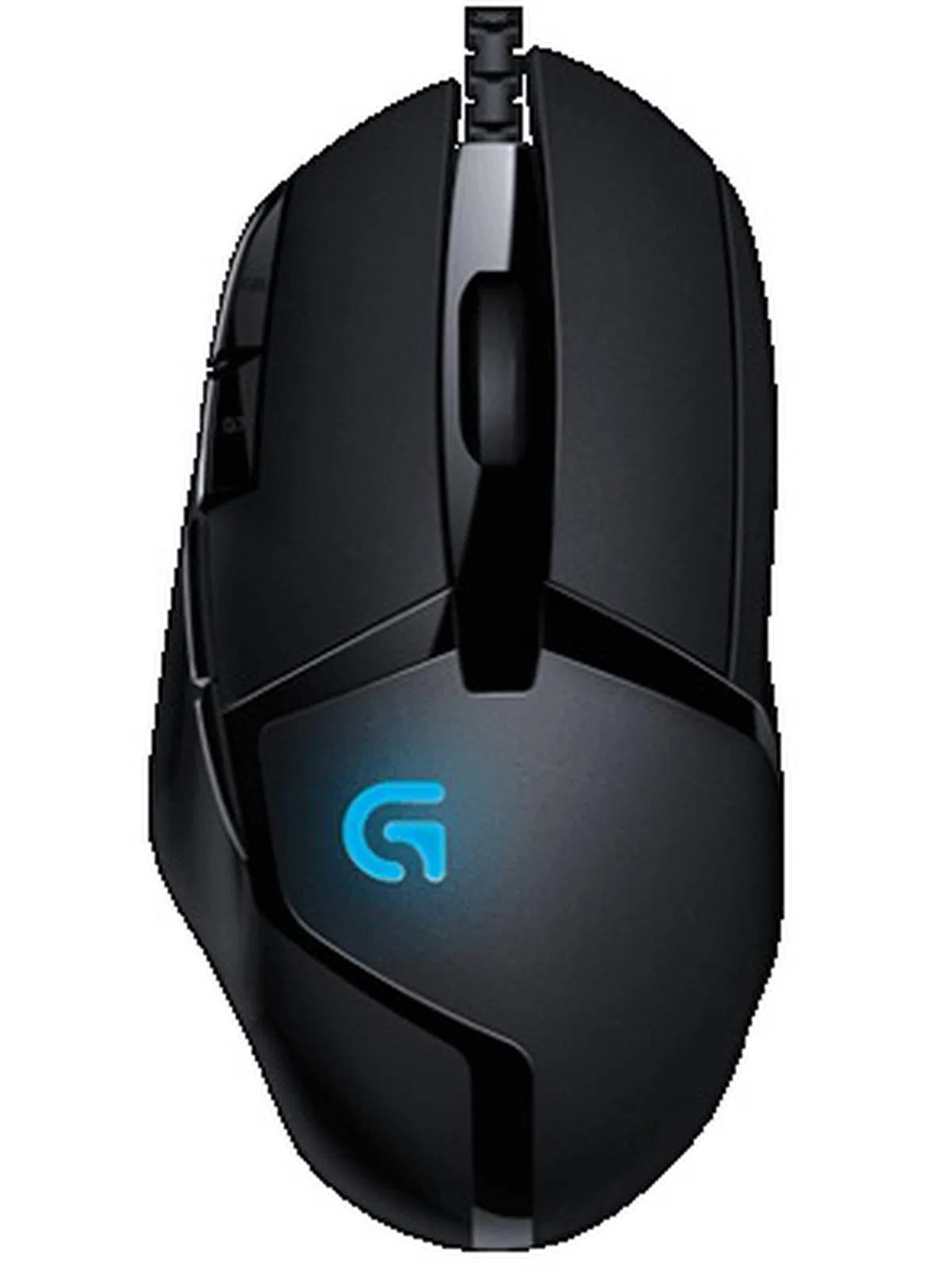 | |
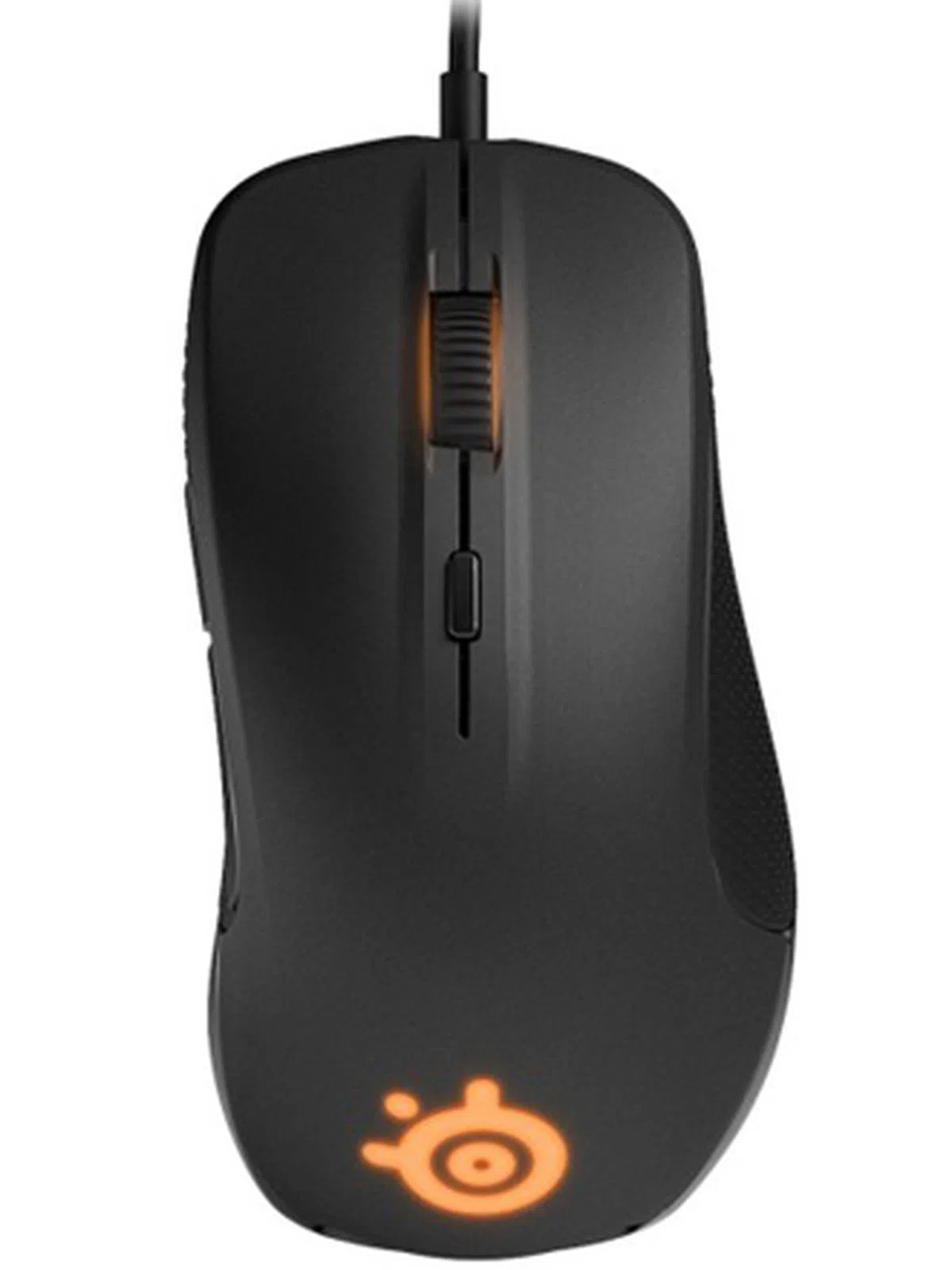 | |
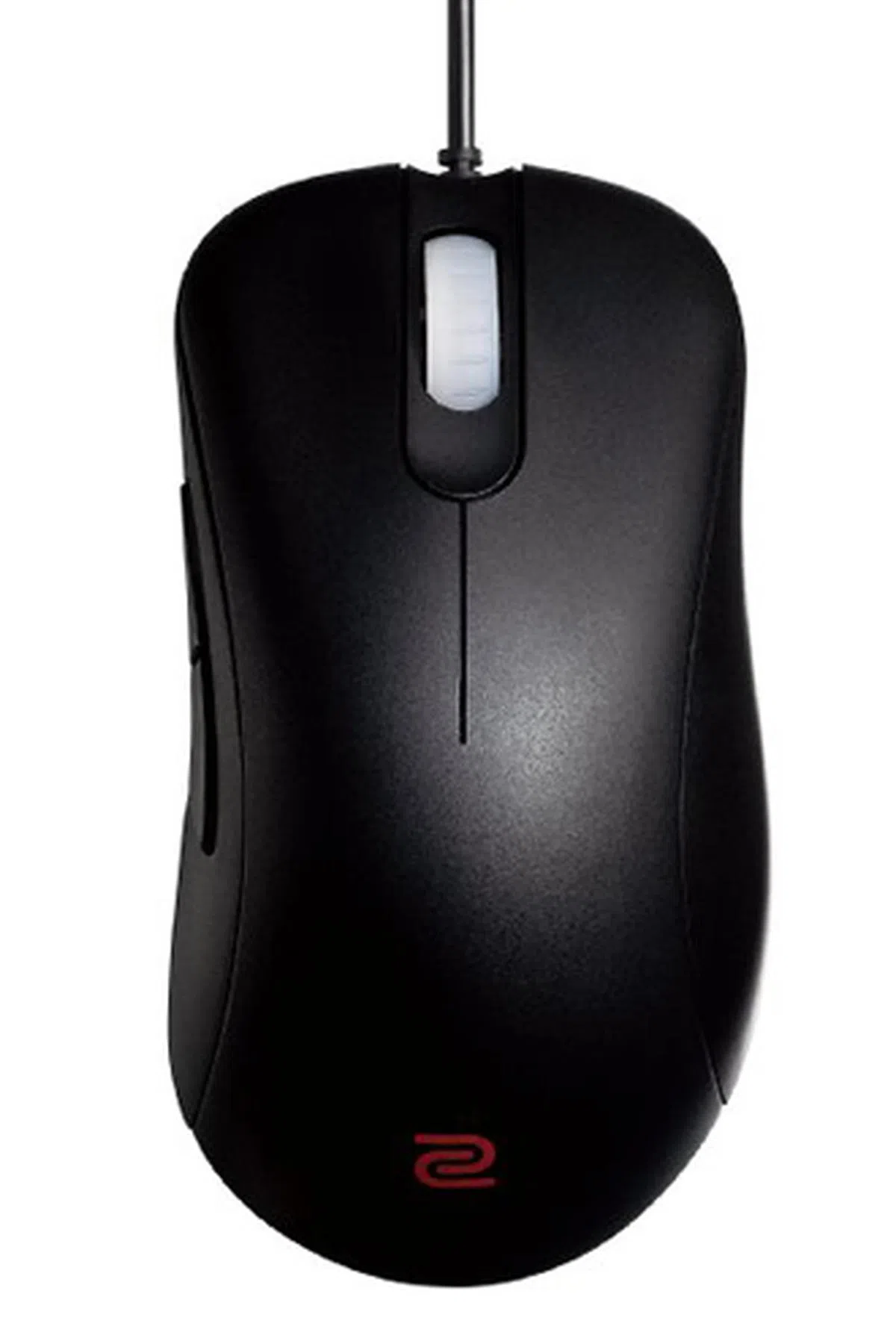 | |
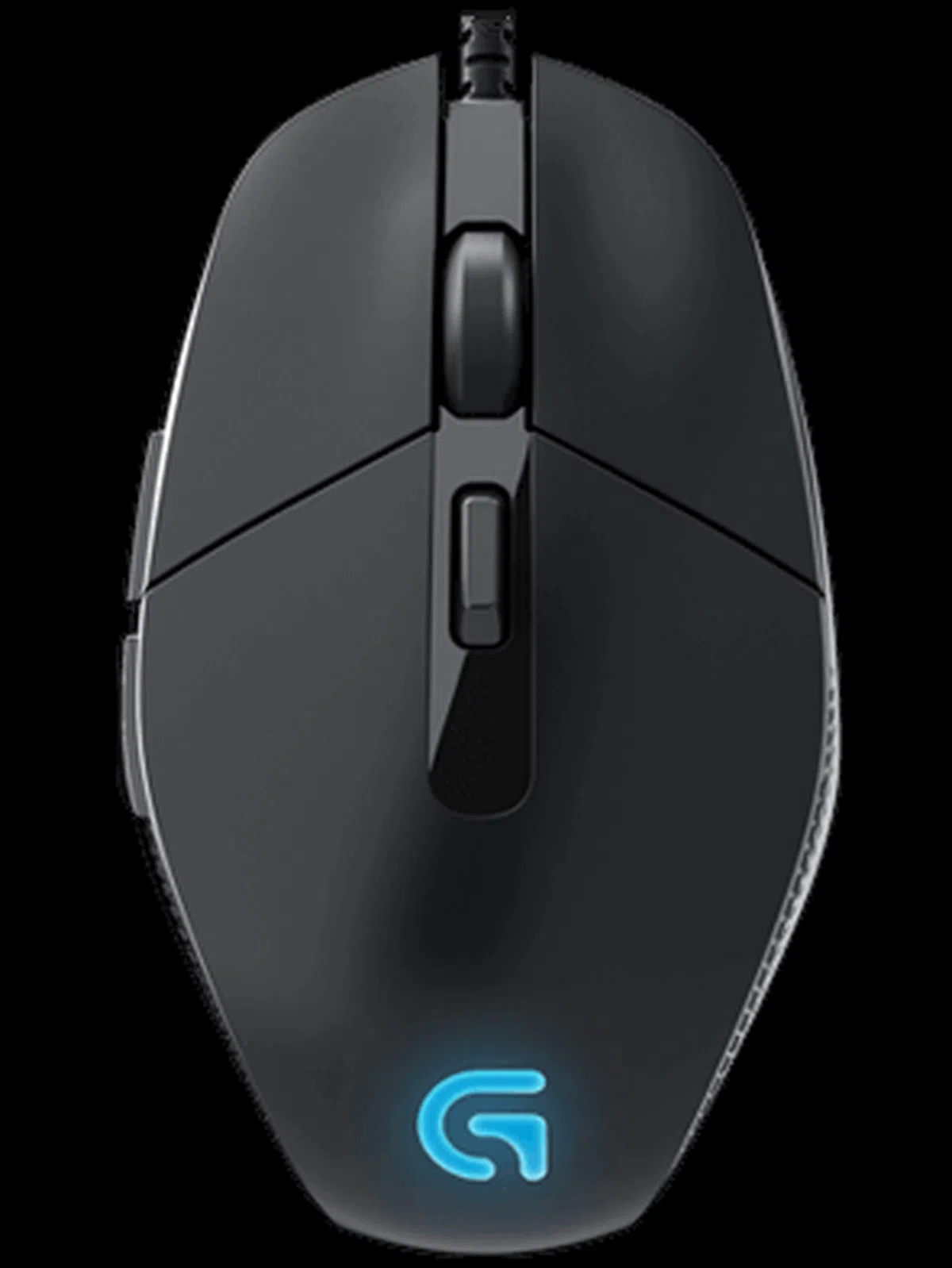 | |
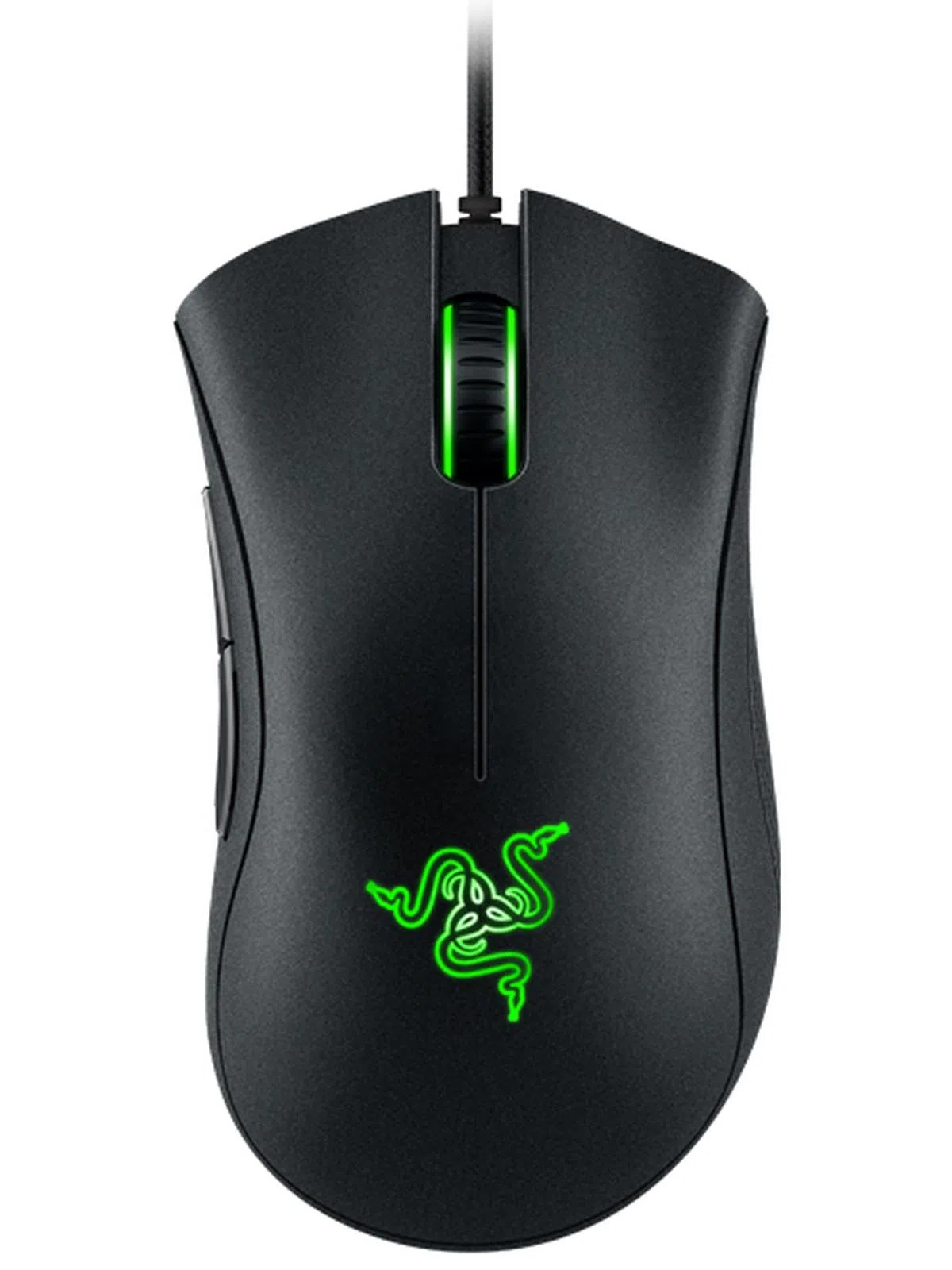 |
Our articles may contain affiliate links. If you buy through these links, we may earn a small commission.
